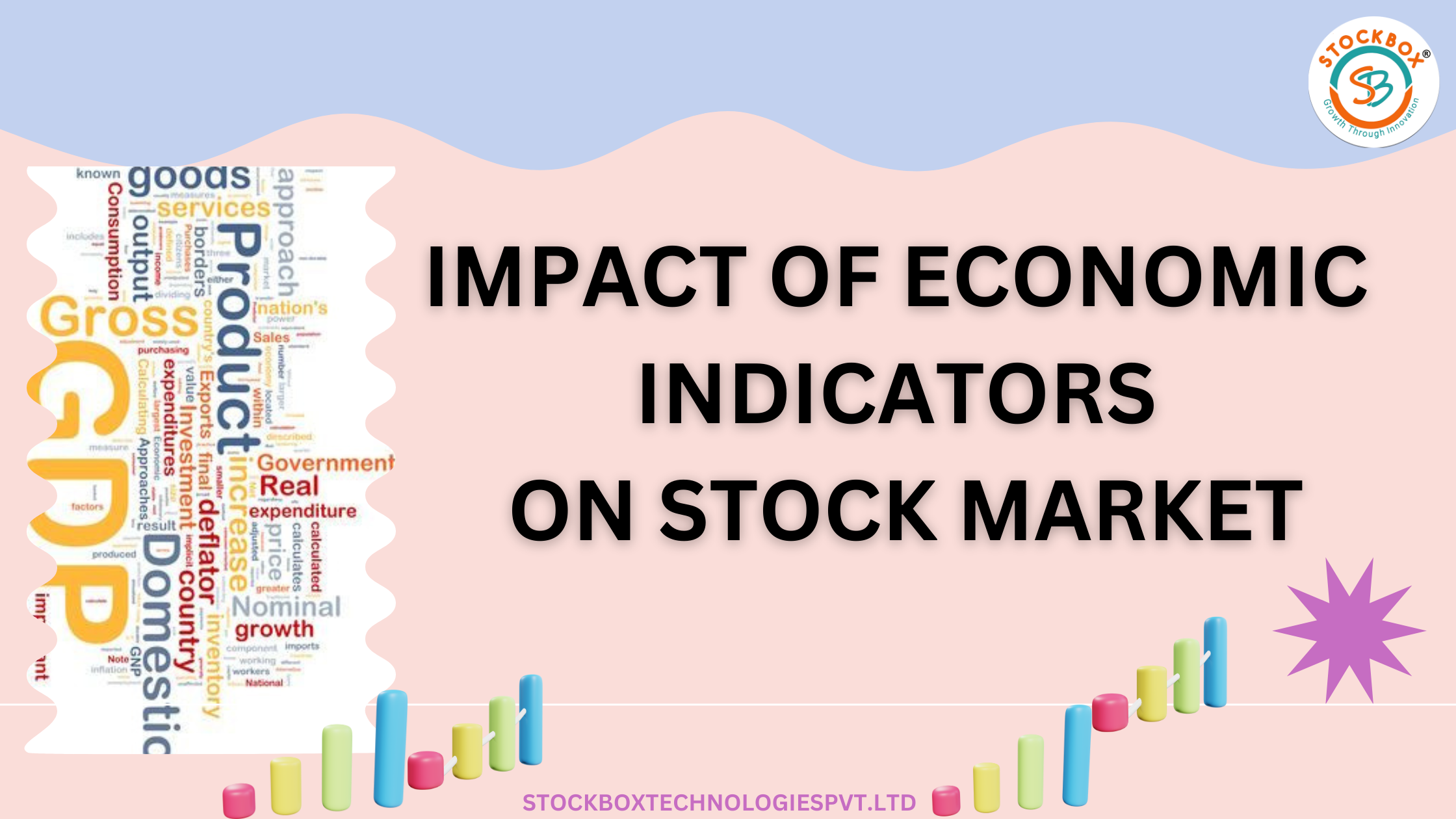Economic indicators are crucial because they influence investor sentiment and stock prices. Indicators like unemployment rates and economic growth show the economy’s health, guiding investors in making decisions. In this blog, we’ll discuss key indicators that impact stock prices and how investors can use them to better understand the stock market
GDP Growth:
Gross Domestic Product (GDP) measures the total value of goods and services produced within a country’s borders. When the GDP goes up, it means the economy is doing well. This usually leads to companies making more profit and people spending more money. As a result, stock prices often go up because investors expect companies to earn more money.
Unemployment Rate:
The unemployment rate shows how many people are jobless but looking for work. When the unemployment rate goes down, it means more people have jobs and feel confident about spending money. This can boost company profits, and stock prices usually go up with good job market news.
Inflation Rate:
Inflation is how fast prices for goods and services go up. It affects how much people can buy and how they spend. Moderate inflation is usually good for stocks because it shows the economy is growing without making money worth less. But high inflation can reduce what people can buy and increase borrowing costs, which can hurt company profits and lower stock prices.
Interest Rates:
Central banks use interest rates to control inflation. When interest rates are low, it’s cheaper to borrow money, which encourages businesses to invest and people to spend. This can increase company profits and raise stock prices. On the other hand, when interest rates are high, borrowing is more expensive, which can slow down the economy and lower stock prices..
Consumer Confidence:
When people feel confident about the economy, they tend to spend more, which can boost company profits and raise stock prices. On the other hand, when confidence is low, people spend less, which can hurt company profits and lower stock prices
Trade and Manufacturing Data:
Trade data, like exports and imports, and manufacturing data, like industrial production and purchasing managers’ indexes (PMIs), help us understand how well the manufacturing sector and global trade are doing. Good trade and manufacturing numbers indicate a strong economy, which can make investors more confident and push stock prices up
Economic indicators are important for investors because they help them understand how well the economy is doing. This information helps investors decide where to put their money in the stock market. It’s crucial to remember that economic data is just one part of the bigger picture, so investors should also think about other factors that could affect stock prices.

